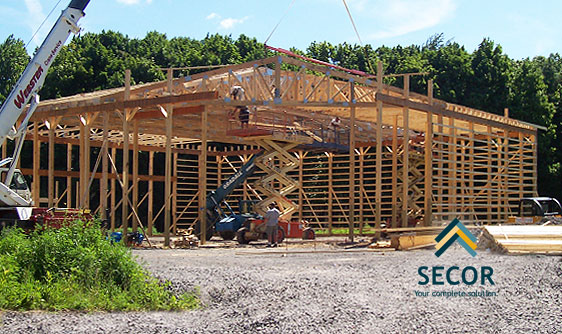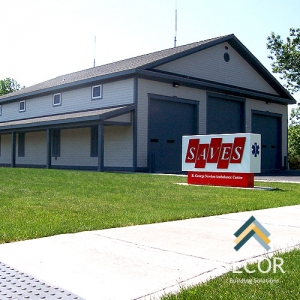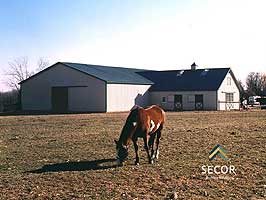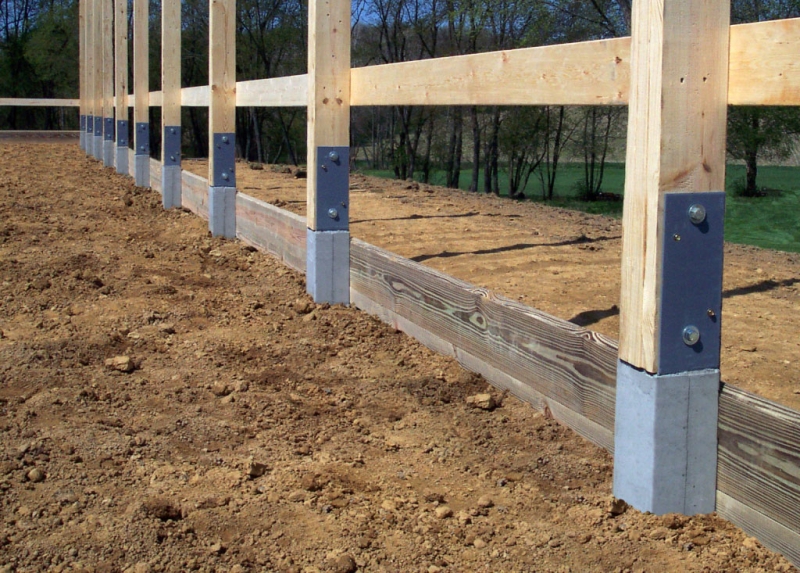Post Frame vs. Steel Frame Building Construction: Which is Better?
 These days there are a lot of options to consider when you are looking to build a commercial structure. One of the first considerations is whether you want to build a post frame building or a steel frame building. Both have advantages and both construction methods create quality, reliable, durable buildings to last for decades. But post frame building design and construction and steel frame building construction have different benefits that need to be weighed carefully. So here are a few of the major consideration points to think about as you make your building design decision.
These days there are a lot of options to consider when you are looking to build a commercial structure. One of the first considerations is whether you want to build a post frame building or a steel frame building. Both have advantages and both construction methods create quality, reliable, durable buildings to last for decades. But post frame building design and construction and steel frame building construction have different benefits that need to be weighed carefully. So here are a few of the major consideration points to think about as you make your building design decision.
The best place to start is to explain just what a post frame building is. Over the years, they have been referred to as a “pole barn.” A post frame building is typically built from an engineered wood frame building system that meets uniform building code (UBC) and International Building Code (IBC) standards. The term “pole barn” arises from the era of the Great Depression and the construction of agricultural buildings using inexpensive, readily available “telephone poles.” Needless to say, post frame building construction has come a very long way in the ensuing 80 odd years, with significant design refinements occurring in the late 1970’s and 1980’s.
Construction Cost: Post Frame vs. Steel Frame Buildings
When you consider wood vs. steel, obviously a post frame (pole barn) building is cheaper than steel frame to construct and the fact that you don’t need a concrete slab to build on is a cost saver. Clearly, a concrete foundation can help to disperse the weight at the bottom of post holes but it isn’t an absolute necessity.
New York Building Code Considerations
Over the years, different municipalities across upstate New York, including the Rochester and Syracuse NY pole barn markets have implemented a host of building codes, many of which include those that prohibit placing supporting posts directly in the ground and simply back-filling the hold. Such codes arise from concerns surrounding moisture content and ground stability in terms of structural integrity. One way to alleviate these concerns is by the use of concrete piers or columns upon which the building’s vertical supporting posts are mounted (usually at least 18 inches above ground level), thereby providing the structural stability and integrity to meet local codes. One such product is the PermaColumn foundation system.
 Post Frame Construction
Post Frame Construction
Historically, post frame buildings, or pole barns, were usually constructed with solid sawn pressure treated posts ranging from 4×4, to 6×6 and beyond. In recent years, however, laminated columns have been used due to their lower cost and greater strength. Laminated columns can be constructed using nailing, or more typically the use of Cross-Laminated Timber (CLT) engineered wood products such as RigidPly or Gluelam engineered posts.
Steel Frame Construction
Steel is a strong material by itself but because of manufacturing costs, it can often increase overall project costs significantly. Steel is most often always secured to concrete foundation to support the steel frames prior to construction of the building which can raise the cost of a project.
Post Frame Building Exterior Design
Wall panels are typically constructed from pre-painted steel but wood, brick, and stucco siding are options that are also used depending on the look that is desired.
Roofing can be constructed out of wood with traditional shingles if that look is preferred or the roof can be made out of metal which is vastly more popular and handles snow load much more readily. Roof pitch on a post frame or steel frame building typically ranges from 3/12 to 8/12 which depends on the specific design requirements of the structure.
Which is Stronger? Post Frame or Steel Frame Buildings?
If you were to compare the strength of a piece of steel to that of a piece of wood, clearly the steel would win every time. However, when you combine all the various components of a post frame building: a strong foundation, heavy-duty trusses, triple-laminated columns, a durable exterior skin, the overall strength of the building considered as a whole can often be greater than that of a steel frame building!
Steel frame construction has one advantage that you can’t get from post frame construction. Post frame buildings, whether they be agricultural buildings, churches, aircraft hangars, horse barns, truck and farm equipment shelters, commercial auto shops, or residential structures, typically have a maximum clear span length of approximately 80 feet. Steel frame buildings, properly engineered, have been reported to be able to span up to 300 feet.
While both options are available as quality framing construction, quality engineered post frame buildings offer an extraordinarily robust building solution that can withstand virtually anything upstate New York weather can throw at it, from harsh summer sun to extremes of wind and snow load, that is both cost effective and easily expandable as your future needs change.
Post Frame Construction Questions
Looking for a quote on a standard or custom post frame building? Get all your post frame building questions answered. Why not get in touch with a Secor Post Frame Building specialist today?


